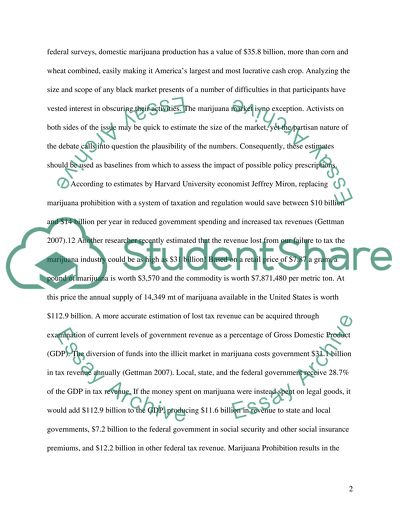Cite this document
(“The Ills of Marijuana Prohibition in America Research Paper”, n.d.)
The Ills of Marijuana Prohibition in America Research Paper. Retrieved from https://studentshare.org/health-sciences-medicine/1508331-the-legalization-of-marijuana
The Ills of Marijuana Prohibition in America Research Paper. Retrieved from https://studentshare.org/health-sciences-medicine/1508331-the-legalization-of-marijuana
(The Ills of Marijuana Prohibition in America Research Paper)
The Ills of Marijuana Prohibition in America Research Paper. https://studentshare.org/health-sciences-medicine/1508331-the-legalization-of-marijuana.
The Ills of Marijuana Prohibition in America Research Paper. https://studentshare.org/health-sciences-medicine/1508331-the-legalization-of-marijuana.
“The Ills of Marijuana Prohibition in America Research Paper”, n.d. https://studentshare.org/health-sciences-medicine/1508331-the-legalization-of-marijuana.


